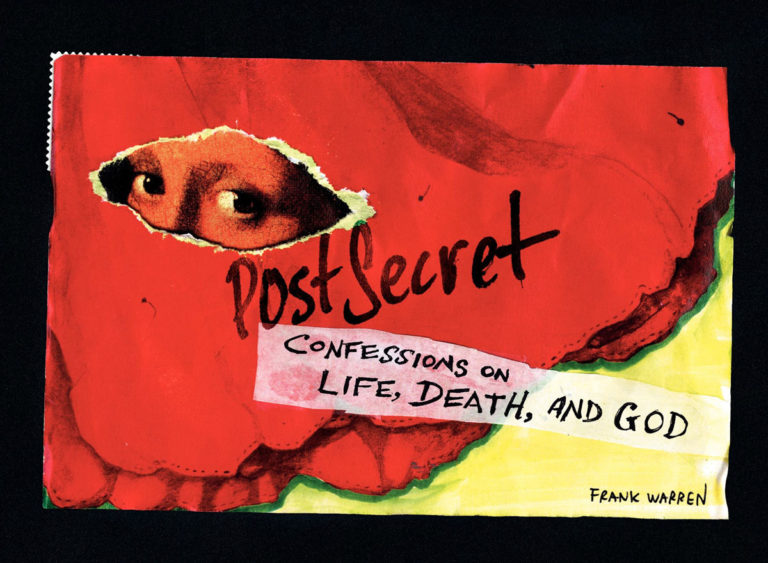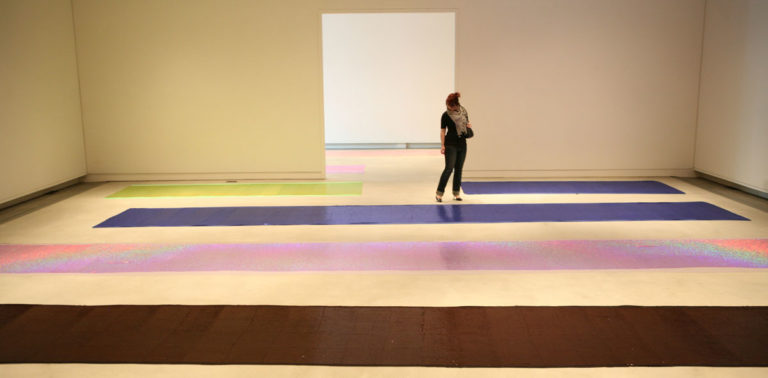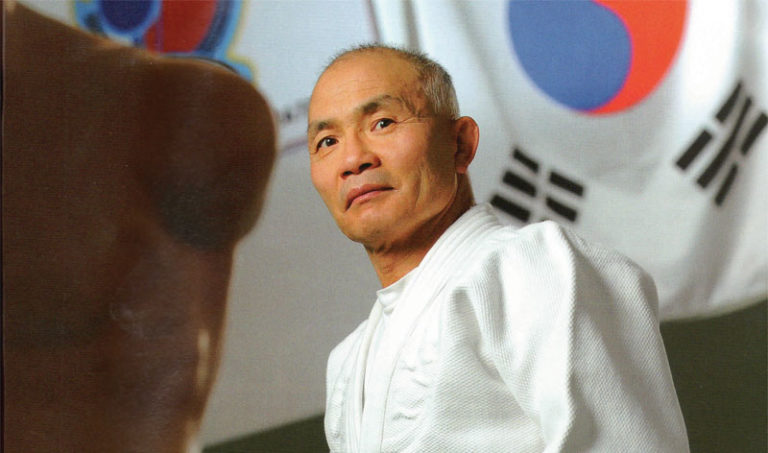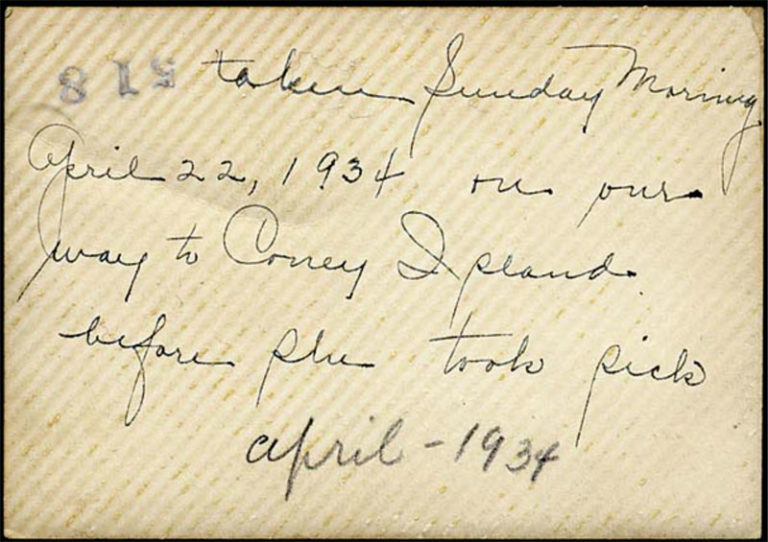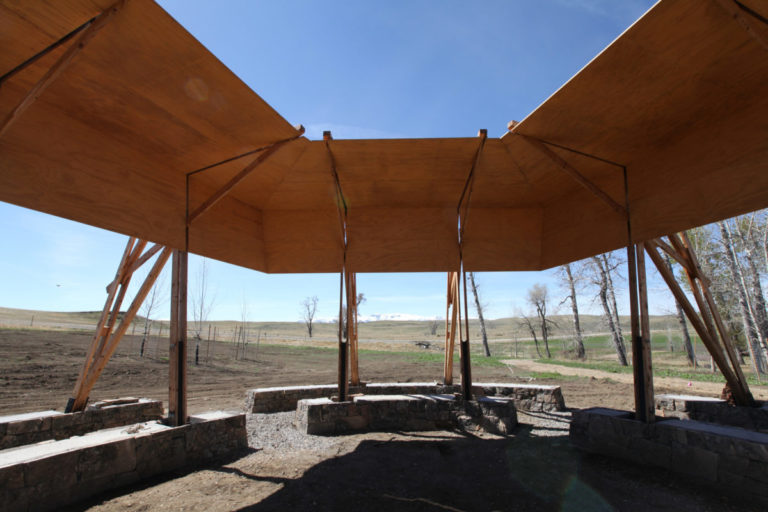Curator discusses Pulitzer Prize photographs display at YAM

Among the bullets they shoot their cameras, and in viewfinders they watch as the world unfolds. Documenting moments of time, photographers record humanity’s stories—stories of human anguish and triumph, of the impoverished and defenseless, the fearless and the frustrated, and often stories of the forgotten.
Arguably the most iconic photographs of all time, the works of Pulitzer Prize recipients are coming to the Yellowstone Art Museum in August. Vividly these still images represent humanity’s resilience through triumph and disgrace. So many stories are captured in the grains and pixels of photographs—stories that make up who we are.
The exhibit, titled “Capture the Moment: The Pulitzer Prize Photographs,” is the most comprehensive traveling display of Pulitzer Prize-winning photographs, featuring works by Pulitzer recipients from 1942 to present.
Newspaper publisher Joseph Pulitzer established journalism’s highest honor, the Pulitzer, in 1917. The Pulitzer Prize for distinguished newspaper photography was established in 1942, and a second prize was added in 1968 for feature photography. To receive the Pulitzer, photographs must first be published in American newspaper, though subject matter has a global scope.
From the raising of an American flag at Iwo Jima to the shooting of Lee Harvey Oswald to attack on the World Trade Center, a total of 160 works (including all 118 Pulitzer winning photos through 2011) are displayed in “Capture the Moment: The Pulitzer Prize Photographs.”

“They’re very dramatic,” said exhibit curator and producer Cyma Rubin of the large-scale prints. “You get close to the work and can really see what happened.” Accompanying text tells the story behind each photograph.
Rubin, president of New York’s Business of Entertainment, Inc., began researching Pulitzer photographs in 1994. “Some things you just take for granted. I guess everyone assumed there was an archive, but there wasn’t,” she said.
Rubin’s research took her to Columbia University, where she discovered a sparse archive of photographs in a closet. For the next four years she collected negatives of photographs and interviews with photographers and their families.
The first exhibition of Pulitzer photographs opened in 1998 in Tokyo, and traveled to Korea in 1999. The Pulitzer board took notice of the exhibit and invited Rubin to bring the exhibit to the U.S. She partnered with the Newseum in Washington, D.C., to bring the exhibit stateside, and it has been traveling the country ever since.
During this time, Rubin also created a documentary called “Moment of Impact: Stories of the Pulitzer Prize Photographs,” for which she won an Emmy.
According to Rubin, more than 2.5 million people in the states have seen the exhibit, and this past June she returned to Korea, where 300,000 people visited the display.
“It was unbelievable,” Rubin said. “It is a major piece of American history, and I’m happy that it happened.”
Coming to Billings
Robin Peterson, YAM director, describes the exhibition as being very large. It will occupy all of the museum’s temporary exhibition galleries both upstairs and down, the only exception being a small gallery at the head of the stairs that will feature works by Wyoming artist and arts benefactor Neltje.
“It’s wonderful that we have the opportunity to exhibit such a large and important exhibition,” Peterson said. “Such opportunities are rare for us, and the significance of the exhibition, both aesthetically and historically, warrants the ‘real estate’ we’re providing to it.”
Michael Gulledge, vice-president of publishing for Lee Enterprises Inc. and publisher of Billings Gazette Communications, was one of the driving forces behind bringing the exhibition to Billings. Gulledge first saw the photographic display in 2009 at the University of Montana.
“Each photograph tells a story, and I am amazed how long you can view each photo and gain an understanding of the emotion of the participants,” Gulledge said. “The exhibit was an incredible experience for me.”
Gulledge contacted Rubin to host the exhibit in Billings in conjunction with the Gazette’s 125th anniversary celebrations. The newspaper celebrated its birthday in May 2010, and the Pulitzer exhibit is the final piece of the organization’s yearlong celebrations.
“I was impressed with exhibit and thought the display of award winning photographs would be a nice event for 125th Anniversary,” Gulledge said.
Rubin said of working with such iconic images, “I love all of them. They are part of my life.” She’s often asked which work is her favorite, and she responds, “It’s like asking a mother who has two children which is her favorite. I would go to my grave before I’d say. They all represent something different. As well, they represent a certain time in a photographer’s life.”
Rubin asserts the exhibit is about the photographers. “Without them, you don’t have those moments recorded. They are out there risking their lives everyday.” She appreciates the timelessness each image represents.
“They are never changed,” Rubin said. “It’s not like a moving image that flips by you. That energy is forever.”
In a historical context, the photographs depict how far we’ve come as a society and how we’ve survived, Rubin said. “It shows development, and it shows we are willing to move forward.”
For the public, strong emotions arise when viewing an exhibition of this magnitude, and Rubin said boxes of tissue are placed throughout the exhibit.
“It is combination of who we are, what we will be, what we can be,” Rubin said. “There are people who still remember the 40s, and then you go into the 50s and Korea, and of course into civil rights. It is very emotional, because we forget, and it also shows how great we really are.”
“Capture the Moment: The Pulitzer Prize Photographs” opens to the public on August 5 and will be on display at the Yellowstone Art Museum through December 9. An opening reception takes place August 11.
Admission to the display is $6 for adults, $12 for a family (max. 2 adults and 3 children). Children and student admissions are $3, and seniors cost $4.
Children are welcome to visit the exhibition, but discretion is advised due to graphic images.
“I expect if we do post an advisory note, it will relate more to scenes of death and violence than to nudity,” Peterson said. “There’s no question that many of these images will be direct, visceral lessons in history and world events.”
Originally published in Magic City Magazine.


